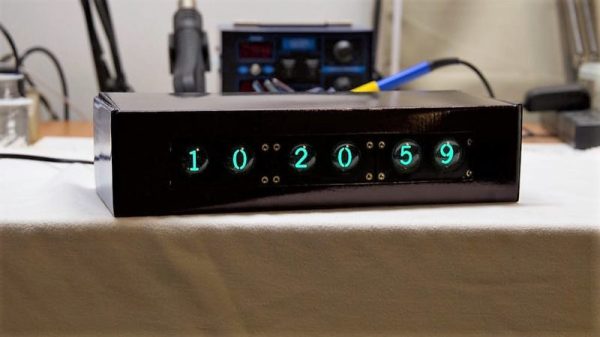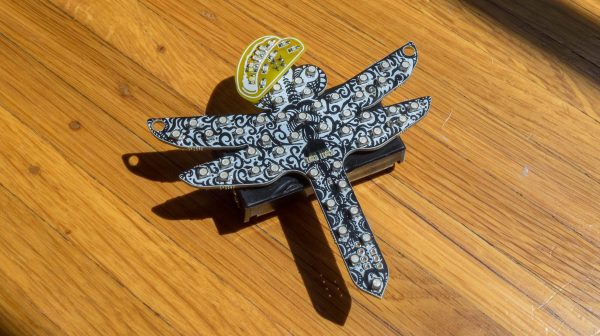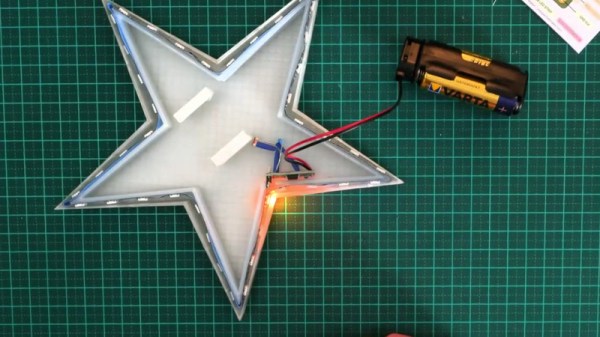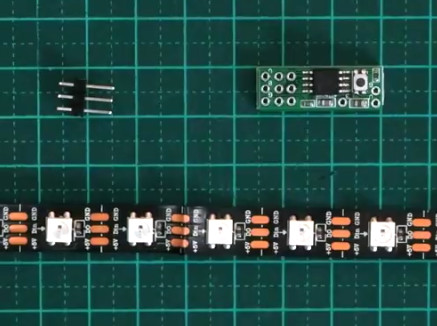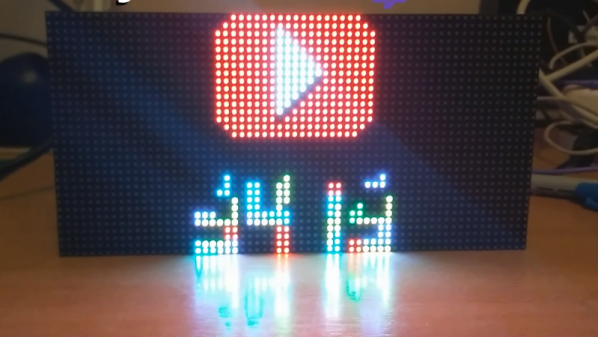Pity the aficionado of rare vintage displays. While Nixies and VFD tubes get all the attention and benefit from a thriving market to satisfy demand, the rarer displays from the mid-20th century period are getting harder and harder to find. One copy of an especially rare display is hard enough to find. Six copies for a clock? That’s a tall order.
That doesn’t mean you can’t fudge it, though, which is how this faux-NIMO clock came to be. [Paul Bricmont] was inspired by [Fran Blanche]’s NIMO tube primer, wherein the rare, single-digit CRT display was put through its paces. We’ve got to admit, it’s an easy display to fall in love with, thanks to its eerie blue phosphor glow, high voltage supply, and general quirkiness. [Paul] was unable to lay hands on a single tube, though, so he faked it with six tiny TFT displays and some plastic lenses. The lenses mimic the curved front glass of the original NIMO, while the TFT displays provide the stencil-style images of each numeral. The phosphor glow comes from replacing the stock white TFT backlight with a Neopixel array that can produce just the right shade of blue-green. 3D-printed modules hold two digits each, and the usual Arduino components run the show. The effect is quite convincing, although we bet some software tweaks could add things like faux burn-in and perhaps soften the edges of the digits to really sell it.
What other rare displays could be replicated this way? Given the variety of displays that were tried in the pre-LED era, it may be a rich vein to mine.

